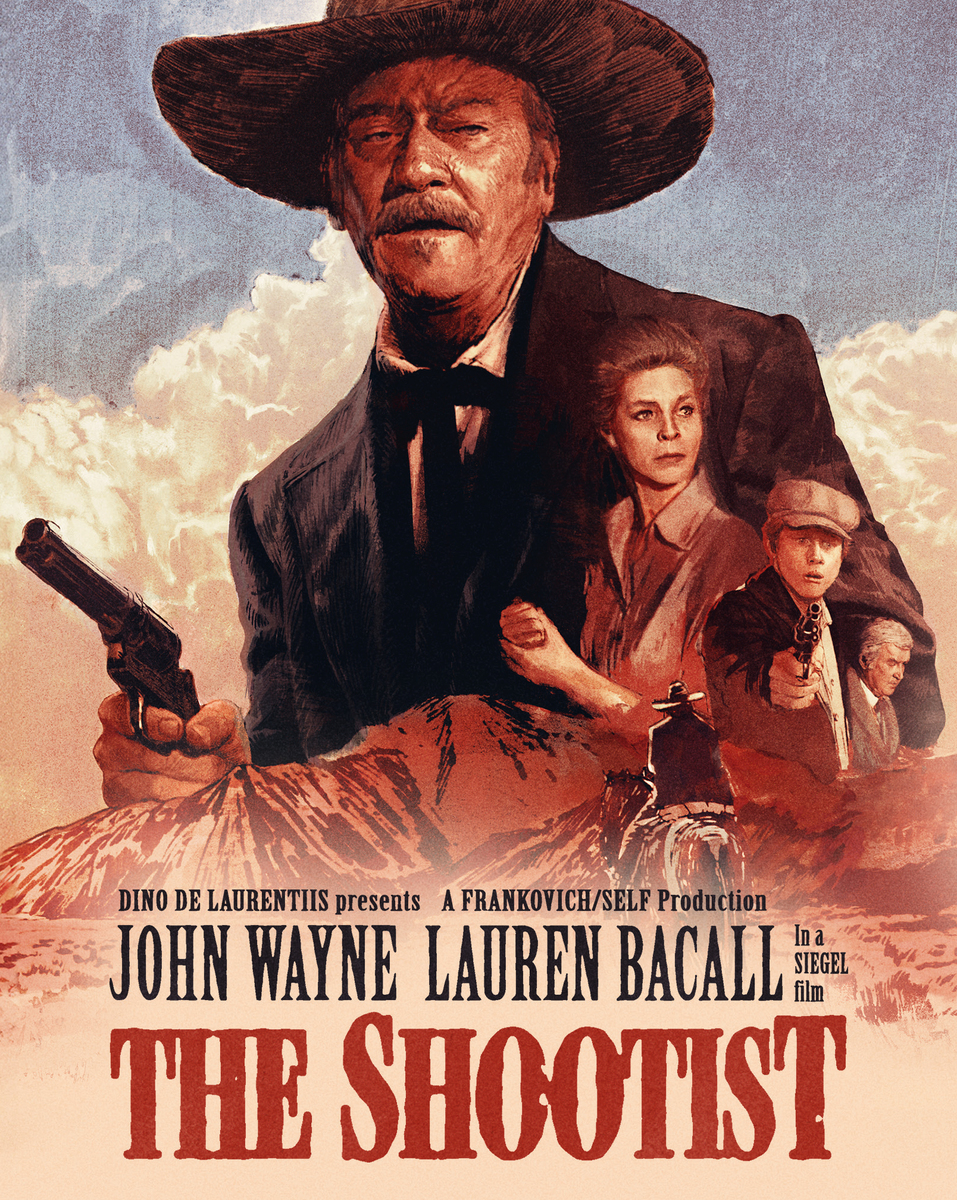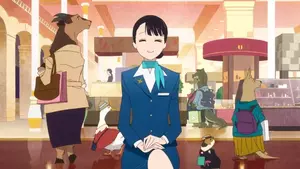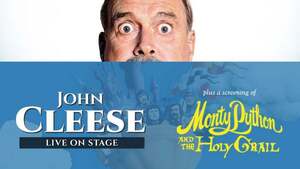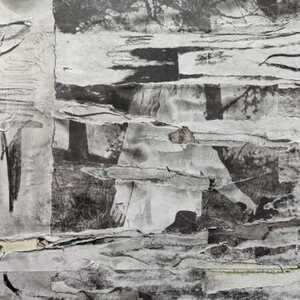
The Shootist
directed by Don Siegel
starring John Wayne, Lauren Bacall, Ron Howard
Arrow Video
By the mid-1970s, the American Western had run its course as a dominant genre. Refusing to go out quietly, John Wayne, who was the unquestioned superstar of the west since his star-making turn in 1939’s Stagecoach, relaxed some of that control and gave three of the best performances of his career in True Grit (1969), which nabbed him an Academy Award, The Cowboys (1972), and Don Siegel’s The Shootist (1976), which would be the Duke’s final film.
Throughout his career, it was often difficult to separate the actor from the characters he played. John Wayne exerted a huge amount of control over his on-screen image and was fiercely loyal to the John Wayne brand. This control served his bank account quite well, but it didn’t always earn him praise or recognition for his acting.

The Shootist, a somber and reflective film about an aging and dying man choosing to go out on his own terms, was as much a story about the myth of John Wayne as it was about his character, J.B. Books. Famed gunfighter and occasional lawman J.B. Books arrives in Carson City, Nevada, dying of cancer and hoping for a reprieve from his death sentence from his old friend, Doc Hostetler (Jimmy Stewart). Offering no hope for treatment or cure, Hostetler is only able to provide laudanum. Books takes up residence in Bond Rogers’ (Lauren Bacall) boarding house. Bond’s son Gillom (Ron Howard) is already infatuated with western outlaws and is ecstatic to have a celebrity gunfighter in his house, even if the fellow lodgers don’t share his enthusiasm.
Once word gets out that Books is dying, everyone from the town’s reporter to the Faro dealer to the undertaker looks to cash in on Books’ notoriety. Not content to live out his final days in agony while the figurative buzzards of Carson City peck at his not-yet-dead corpse, Books challenges the three outlaws in town to meet him in the saloon for one last showdown: a gunfight that doesn’t go the way anyone expects, especially the starry-eyed Gillom, whose path in life is shaken by the events of the last day in the life of J.B. Books.
Due in large part to John Wayne’s failing health, much of The Shootist was shot in studio, which shrank the usual Western vistas into just a few rooms. The claustrophobic atmosphere makes the film feel more like a television show, while at the same time emphasizing how the world and life of this maverick gunslinger has been drastically diminished. The production was a notable step down from the glory days, when John Wayne prowled Monument Valley, Utah, with visionary directors like John Ford and Howard Hawks directing. John Wayne and The Shootist director Don Siegel clashed on set, with neither man caring for the other’s style. Siegel was a favorite director of Clint Eastwood and had little regard for how it used to be done, while Wayne was the epitome of old Hollywood.
Despite, or perhaps because of, this friction, The Shootist provided a poignant epilogue to the career of Hollywood’s greatest cowboy.












